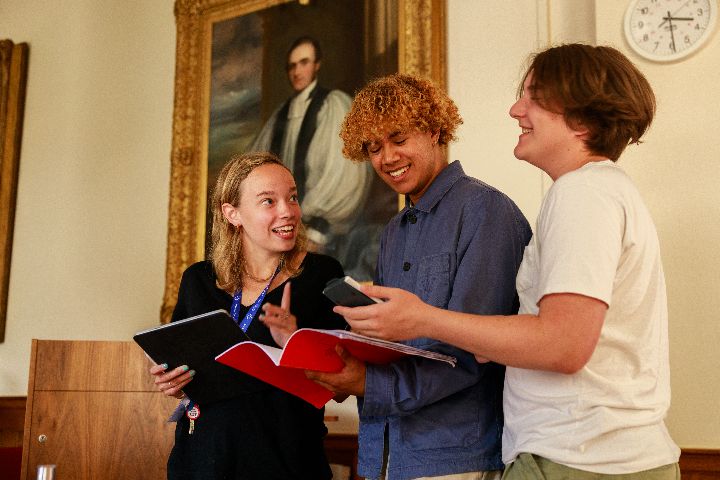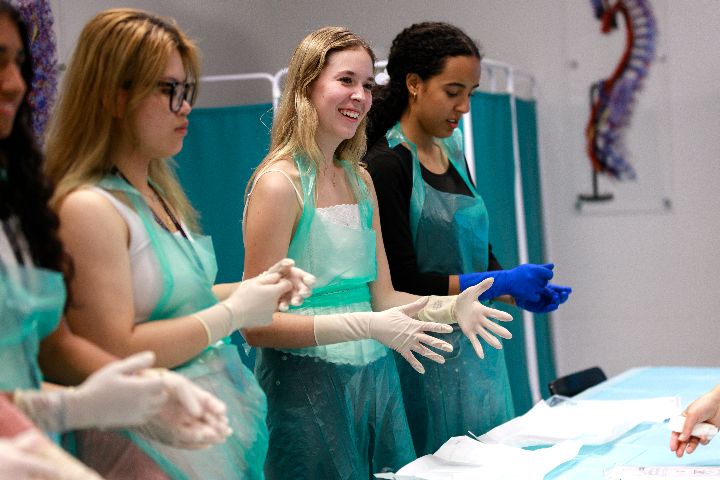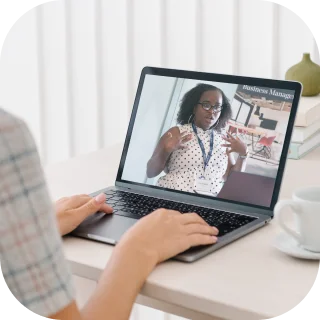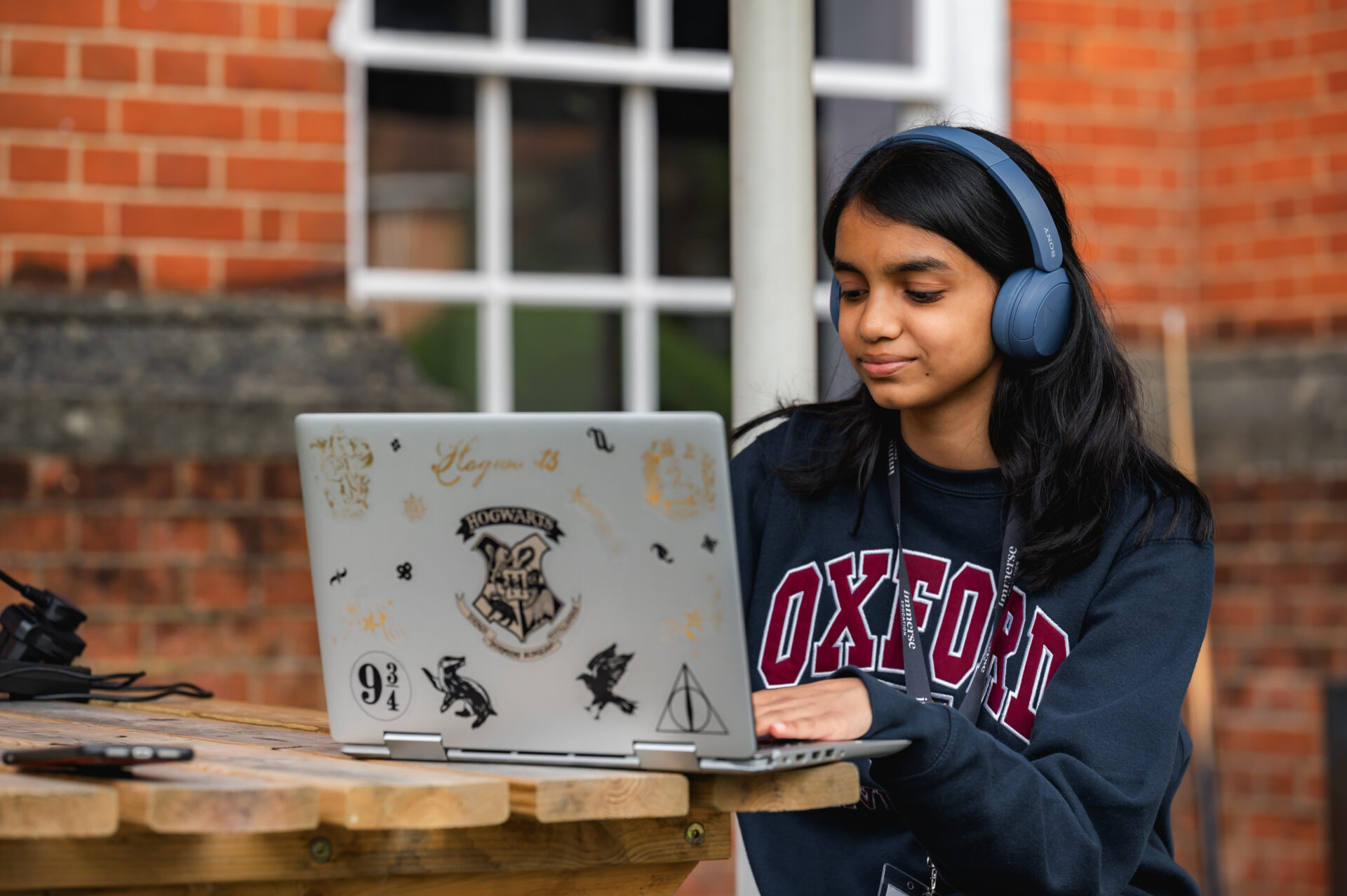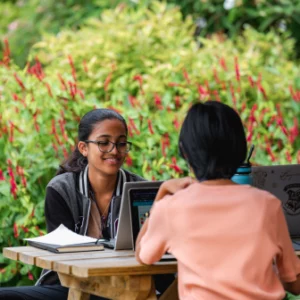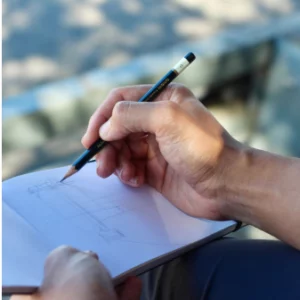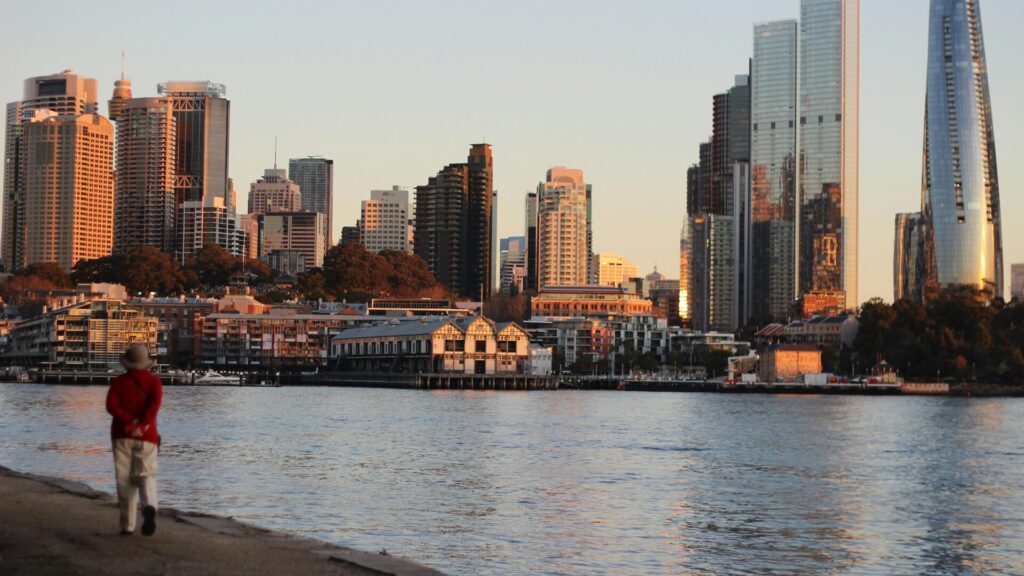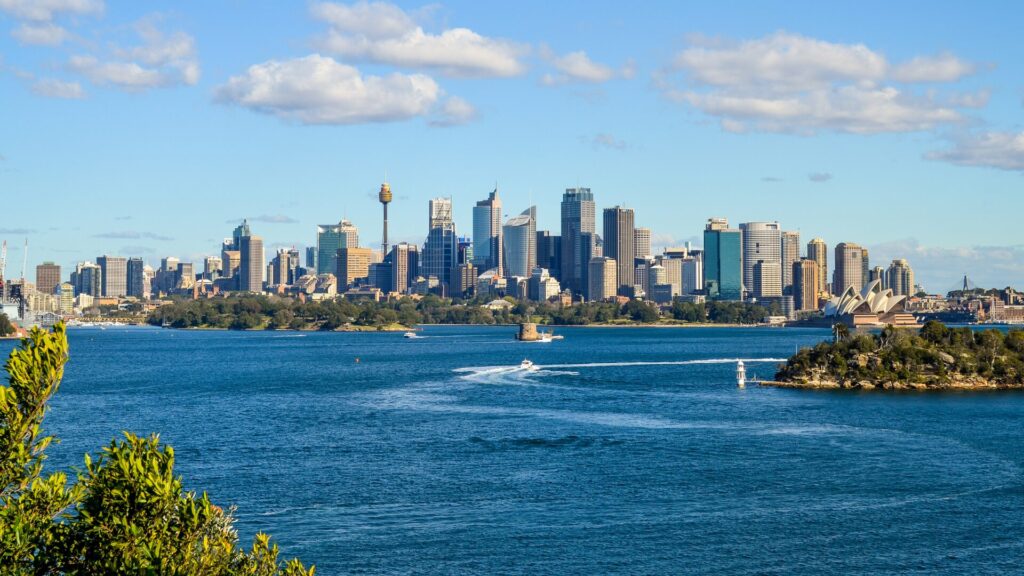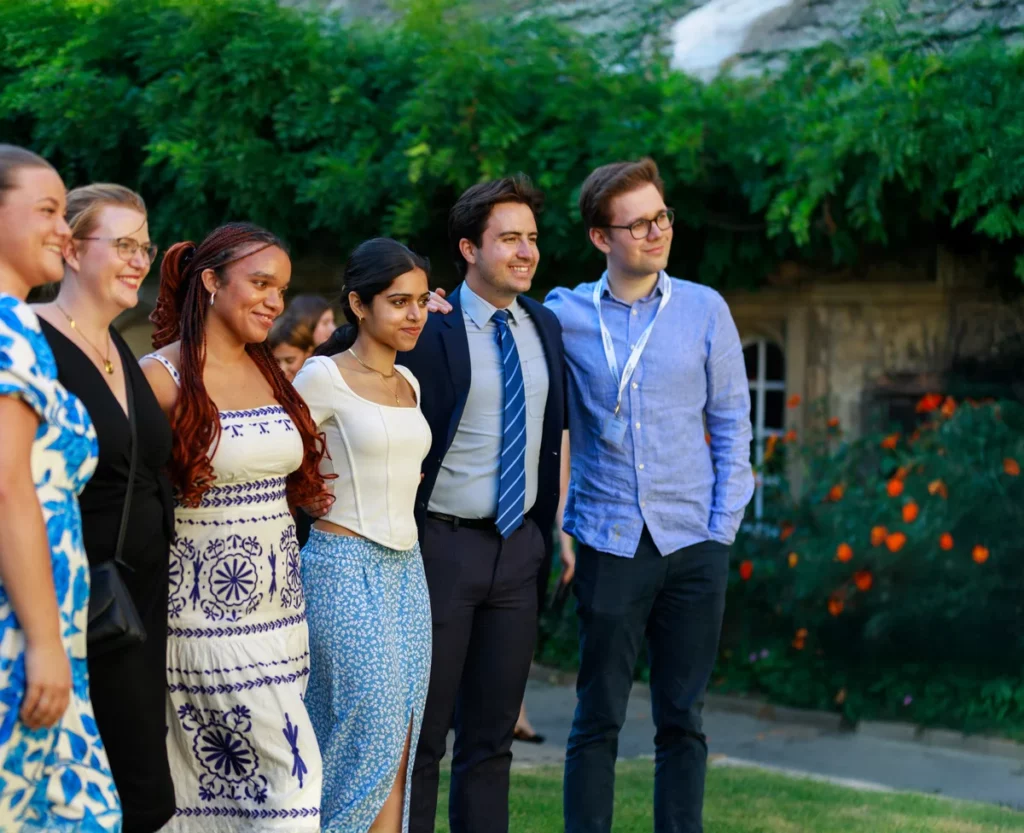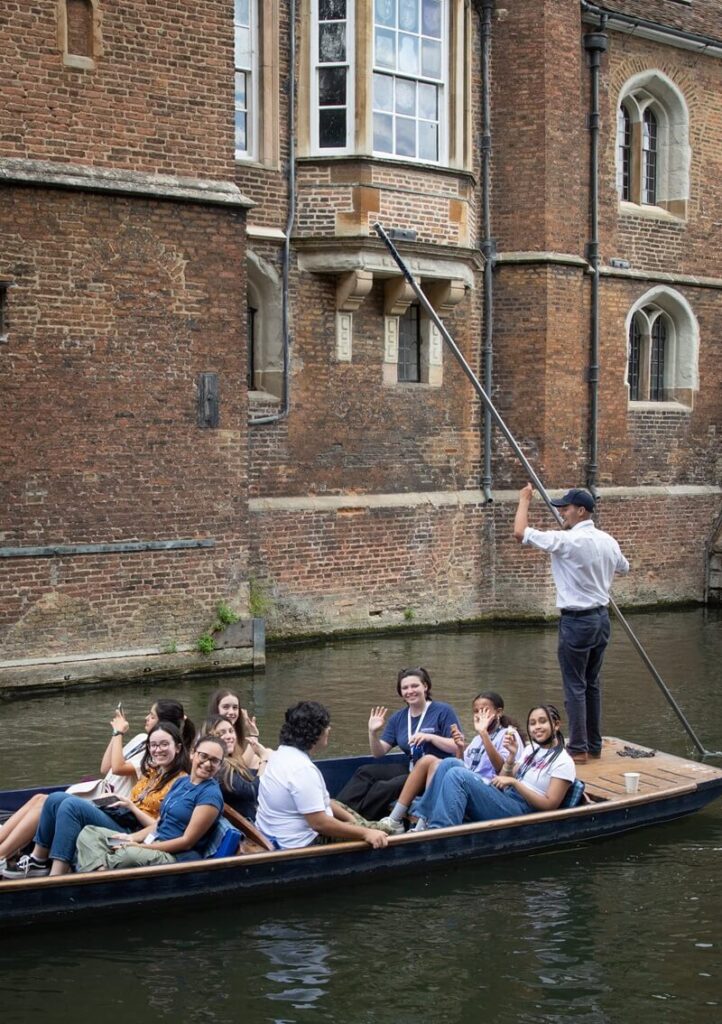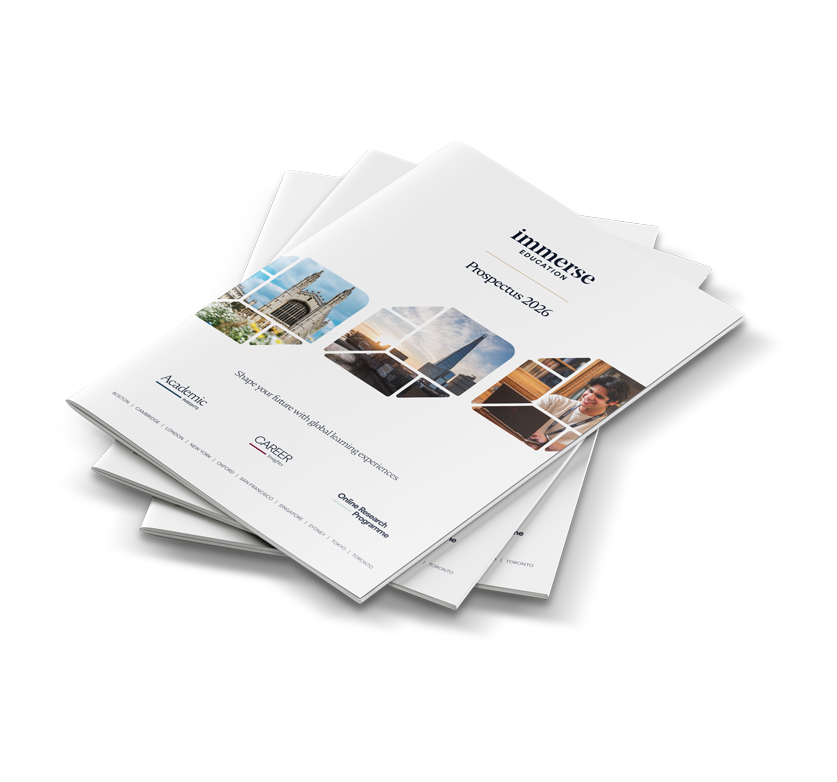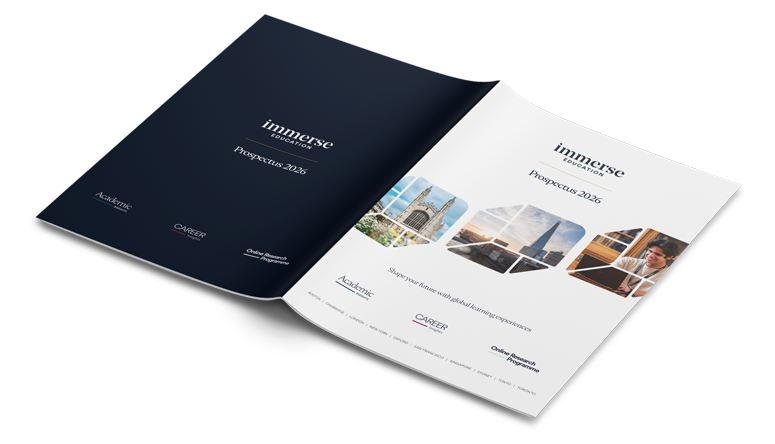Your cover letter is often the first impression you make — and in Australia, it’s just as important as your CV. If you’re searching for a cover letter example Australia to model yours on, this guide will walk you through exactly how to write one — plus show an example cover letter Australia hiring managers will actually notice.
In this article, you’ll learn the three golden rules of writing an Australian cover letter, how to structure a compelling application letter, examples of powerful opening sentences, and a full cover letter example you can adapt today.
Why a Cover Letter Matters in Australia
A cover letter is your personalised introduction. It connects your CV to the role you are applying for and explains why your experience matters to this particular organisation. More than a list of achievements, it shows hiring managers why you are motivated to contribute to their goals.
In Australia, cultural expectations shape how cover letters are written. Employers typically look for three qualities:
- Directness – State clearly what you bring to the role and back it up with evidence.
- Positivity – Focus on achievements and the impact you can make.
- Initiative – Demonstrate you’ve researched the company and understand its priorities.
Unlike in some international markets where formality is the default, Australian recruiters prefer a tone that is professional yet approachable. They value confidence without arrogance and authenticity without casualness.
Recruitment platforms like SEEK and Indeed consistently emphasise that tailored cover letters perform best. In fact, research from ZipDo shows that 70% of hiring managers value a cover letter more when it is personalised. This means a generic, one-size-fits-all letter won’t cut it; employers want to see genuine interest and effort.
Plenty of career sites offer templates and outlines, but this guide will take you further. You’ll find:
- A step-by-step structure to follow
- Practical advice on tone, formatting, and cultural fit
- A cover letter example you can adapt today
The Three Golden Rules of Writing a Cover Letter (Australia)
Rule 1: Tailor Every Letter to the Role
Generic cover letters are quickly dismissed. Australian employers expect you to show that you’ve read the job description, researched the organisation, and understand their priorities.
Reference the company’s mission, a recent project, or a key skill they’re seeking, then link it to your own achievements.
Example line:
“I was particularly drawn to Sustainability Solutions’ initiative to reduce plastic waste in Melbourne’s hospitality sector, which aligns with my research into circular economy models during my Environmental Science degree.”
This level of detail demonstrates that you took the time to visit their website or check their social media page, showing genuine interest and turning your letter into a tailored pitch. This is what transforms a standard application into a strong cover letter example in Australia.
Rule 2: Keep It Clear and Concise
Keep your cover letter to one page. Aim for 3-4 short paragraphs and a professional sign-off.
Use plain English and avoid jargon or long sentences. In Australia, overly formal or wordy letters can feel insincere, while clear and confident writing makes a stronger impression.
Rule 3: Demonstrate Cultural and Professional Fit
Australian employers value collaboration, approachability, and a positive attitude. Show that you can contribute to a team by keeping your tone professional but warm, confident but not stiff.
Avoid clichés like “team player” and instead use examples that demonstrate teamwork or initiative.
Example closing line:
“I’d welcome the opportunity to discuss how my background in digital marketing could contribute to your social media team’s ongoing success.”
Structure of a Great Australian Cover Letter
Paragraph 1 — The Hook / Opening Line
Your opening sentence needs to grab attention immediately. This is why you need a powerful opening sentence for a cover letter.
A powerful opening for a cover letter is a specific, confident, and relevant statement that immediately shows the employer who you are and why you are interested in the role.
Examples:
- “As a recent graduate in Data Analytics with a passion for solving complex business problems, I’m excited to apply my technical skills to the Business Analyst role at TechForward Solutions.”
- “With three years of experience coordinating community engagement projects across regional Victoria, I’m confident I can bring fresh energy and strategic insight to Regional Connect’s Community Development Officer position.”
- “Your recent expansion into renewable energy infrastructure immediately caught my attention — it’s exactly where I want to focus my engineering career, and why the Graduate Engineer role at GreenBuild Australia is my top priority.”
Why these work: they lead with relevance, show intent, and hint at proof to come.
Paragraph 2 — Why You Fit the Role
This section is about evidence. Match your skills and experiences directly to the job description, focusing on two or three key criteria. Australian employers value measurable results, so use concrete examples rather than vague claims.
Example:
- “During my internship at Melbourne Marketing Hub, I delivered client presentations that led to a 30% increase in project approvals over one quarter.”
Paragraph 3 — Why You Fit the Company
Australian employers want to see that you will fit their culture as well as the role. Any strong cover letter example in Australia demonstrates this by referencing values, teamwork, innovation, or sustainability.
Show alignment with their values, whether that is teamwork, innovation, sustainability, or community impact, and connect this to your own experience or goals.
Example:
- “I’ve long admired how CreativeSpace fosters collaboration between emerging artists and established professionals. This aligns with my belief that the best creative work happens when diverse perspectives come together, something I experienced while curating our university’s annual art showcase.”
Paragraph 4 — Close Confidently
End your cover letter with a forward-looking statement that expresses enthusiasm, invites next steps, and thanks the reader for their time. Keep the tone warm and professional, showing confidence without presumption.
Examples of strong closing statements:
- “I’d be delighted to discuss how my background could contribute to your ongoing success. Thank you for your time and consideration.”
- “Thank you for reviewing my application. I’m excited about the possibility of contributing to your digital transformation initiatives and would welcome the chance to discuss the role further.”
Join the Immerse Education 2025 Essay Competition
Follow the instructions to write and submit your best essay for a chance to be awarded a 100% scholarship.
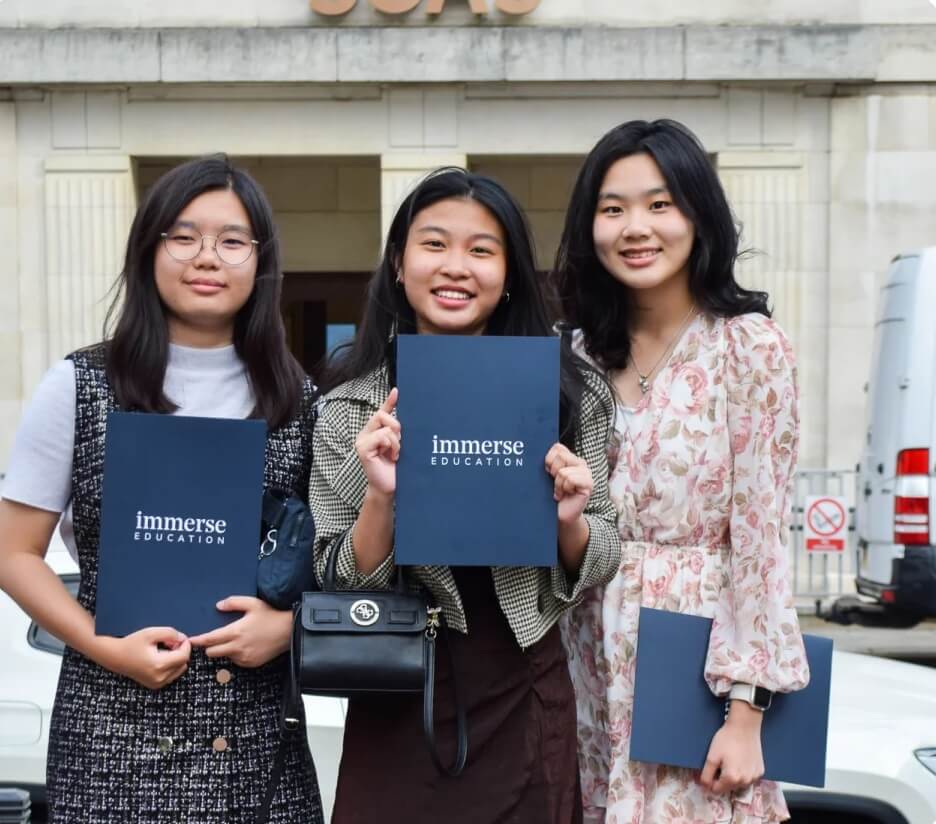
Example Cover Letter (Full Sample)
[Your Name]
[Suburb, State] | [+61 Your Phone] | [email@address]
[Date]
[Hiring Manager Name]
[Their Title]
[Company Name]
[City, State]
Dear [Hiring Manager Name],
Choose your opening style:
1. Graduate Applicant:
As a recent [Course Graduated] graduate from [University/Institution] with hands-on experience in [Key Skill/Area], I am excited to apply for the [Job Title] position at [Company Name]. Your organisation’s focus on [Company Value/Initiative] aligns perfectly with both my academic background and career aspirations.
2. Mid-Career Professional:
With [X years] of experience in [Industry/Field], I am eager to bring my expertise in [Skill/Area] to the [Job Title] role at [Company Name]. I am particularly drawn to your focus on [Company Value/Initiative], which resonates with my professional approach and career goals.
3. Career Changer:
After [X years] in [Previous Industry/Role], I am excited to transition into [New Industry/Role]. The [Job Title] role at [Company Name] offers the opportunity to apply my transferable skills in [Skill/Area] while building new expertise in [Relevant Field].
In internships with [Organisation 1] and [Organisation 2], I translated objectives into outcomes:
- Delivered [project], improving [metric] by [X%] within [timeframe]
- Collaborated across [team types], presenting insights that informed [decision]
- Built [tool/report/process] now used by [stakeholder] to [benefit]
I have followed [Company Name]’s work, particularly [Project/Initiative], and was impressed by [What Stood Out]. This reflects the type of purposeful work I aspire to contribute to, and I am confident my skills in [Skill 1], [Skill 2], and [Skill 3] would allow me to add value to your team.
I would welcome the opportunity to discuss how my [Strength/Experience] could support your upcoming projects. Thank you for considering my application. I look forward to hearing from you.
Kind regards,
[Your Name]
5 Common Mistakes to Avoid (and What to Write Instead)
- Being too generic
Instead of: “I’m a hardworking team player.”
Try: “Co-led a 6-person team that shipped a new booking feature used by 1,200 students in semester one.” - Using outdated templates
Instead of: Dense blocks, serif fonts, and over-formal phrasing.
Try: One page, clear headings, a modern sans-serif font, and short paragraphs. - Repeating your CV
Instead of: Re-listing every duty.
Try: Choosing 2–3 achievements that match the role and quantifying the impact. - Copying the job ad
Instead of: Parroting criteria.
Try: Mirroring the language once, then proving fit with a result (“Delivered X in Y timeframe”). - Skipping proofreading
Instead of: Typos and inconsistent tenses.
Try: Reading aloud, running a grammar check, and asking a friend to review.
Tailoring Tips for Australian Employers
- Tone: Confident but humble. Positive, practical, and outcome-focused.
- Team first: Show that you collaborate well and credit others.
- Work rights: If relevant, note your right to work in Australia (e.g., citizen, PR, or valid visa).
- Relocation: If you’re moving to Australia, state your timeframe and interview availability (virtual and in-person).
- International applicants and students: Mention flexibility across time zones and include any Industry Experience or Work Integrated Learning you’ve completed.
If you are looking to strengthen your professional communication skills, our Creative Writing programme in our Sydney summer school offers workshops that help you refine your writing, build confidence in presenting ideas, and adapt your style to different audiences.
Formatting and Presentation
Keep it clean so humans and applicant tracking systems (ATS) can scan it quickly.
- Length: One page (¾ page is fine if it says enough).
- Font: Simple sans-serif (e.g., Arial, Calibri, Inter) at 10.5–12 pt.
- Margins & spacing: Standard margins; with double spacing between sections
- File name: Firstname-Lastname-Cover-Letter-Role.pdf
- Format: PDF unless the ad asks for Word/another format.
- Links: Add a discreet link to your LinkedIn/portfolio.
FAQs
Do I need a cover letter for every job application in Australia?
If the listing requests one, absolutely. If it’s optional, include one anyway. Tailoring even a short letter often moves you to the “interview” pile.
What should a cover letter include in Australia?
When you look at any cover letter example in Australia, you’ll see it includes your details and the employer’s, a clear opening, evidence of relevant skills, knowledge of the company and culture, and a confident closing.
What’s the difference between a CV and a cover letter?
A CV lists your education, experience, and skills in a structured, factual way. A cover letter is a personalised narrative that highlights the most relevant points and explains why you want the specific role.
How can I make my cover letter stand out?
Research the company and reference specific projects or values that resonate with you. Use concrete examples with measurable outcomes instead of generic claims, and show genuine enthusiasm while keeping your voice authentic.
Conclusion
Writing a great cover letter is not about length, it is about clarity, authenticity, and connection.
By following the three golden rules, structuring your letter thoughtfully, and tailoring it to Australian workplace culture, you can create applications that stand out.
Now that you have seen what makes a strong Australian cover letter and read an example you can adapt, start crafting yours today. With the right structure, tone, and confidence, your next application could be the one that lands you your dream role.
If you are ready to take your writing skills further, explore our Creative Writing course at our summer school in Sydney, where you’ll learn how to craft compelling cover letters and professional writing that capture the attention of Australian HR managers while building confidence for your academic and career journey.
